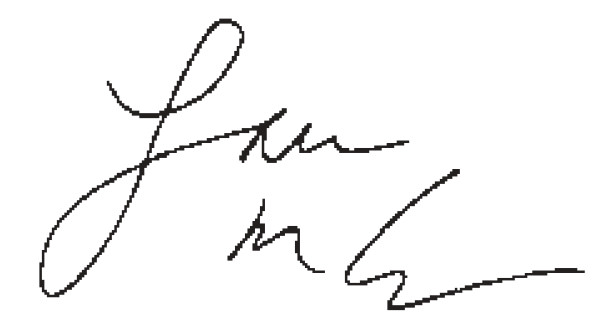As I was writing this issue's opening article about having redundant gear in the studio, I had to think for a moment about who this information would be aimed at. I think the answer is "everyone." Of course, any of us running a studio that takes outside bookings and charges money wants to keep the doors open and not have to shut down for days if a piece of equipment fails. But what about even the simplest home recording setup? I used to have a Pro Tools system at home that would sometimes take an hour of resetting (powering off and on until I could make a quick mix revision). Needless to say, that drove me crazy!

Is there a dividing line between professional and "not pro" recordists? I don't think the content of this magazine needs to be focused in that way. You'll never see hobbyist-focused articles like "How to Make Your Home Demos Sound Radio Ready" in this magazine. All the knowledge we acquire and dole out with Tape Op can be applied by everyone reading it, regardless of situation. Even a musician that never records anything but quick smartphone demos can stockpile ideas from our articles and reviews that will help them in every recording scenario.
An article on redundancy in a professional studio can be beneficial to every recording situation. If one has inspiration and cannot record it in their "home studio" because of an errant software update or a broken mic cable, they can lose their ideas pretty quickly. Many musicians have several versions of their main instruments, especially for live performances. Not just so they can conjure up different tones, but so they can grab a second guitar when they break a string onstage. All these lessons can be applied in various ways, so please continue to read Tape Op with this frame of mind, and – please – get as much out of it as you can!
— LARRY CRANE,EDITOR & FOUNDER
